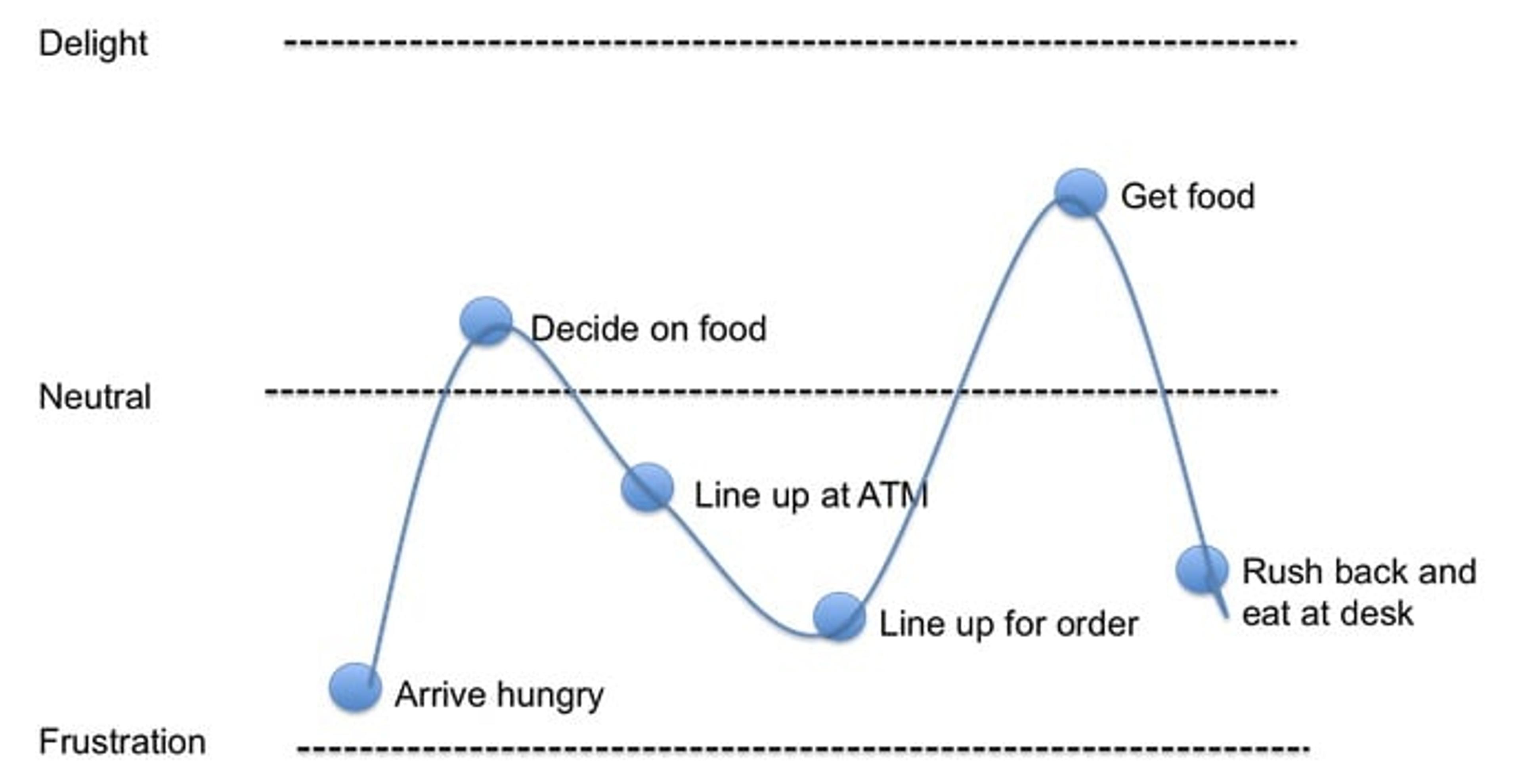How to wrangle customer feedback



There is an ever-long debate about how much should product companies use customer feedback as their main input to define the product roadmap. You'll hear pundits quoting Henry Ford with quotes about faster horses to make a point that customers often don't know what they want. There are also valid points about companies that are completely out of touch with customers who design products that nobody wants to use. The point of this post is not to continue this debate and choose a side, but rather to assume that you work at a company that cares about customer feedback. How you use it is up to you! I want to list some practices that have helped me and my CS teams make the most out of customer feedback.
WhereWhen to meet customers for feedback?
This will depend greatly on the product and how customers interact with it, but rather than starting with where (the product UI, social media, support channels), I want to start with when will customers provide crucial feedback. Based on my experience, customers are more likely to seek a way to share feedback when something goes wrong. It's less likely that a customer will go out of their way to share feedback about a positive experience. This is why thinking about the customer journey using the product is so useful to scope potential frustration moments.

Instagram has done this well by adding an interface to report a technical problem in their mobile apps that gets invoked when users shake their phones. The theory here is that frustrated users will deal with their frustration by shaking their phones. This is a great moment to offer the customer a way to share details about the problem they experienced. The interfaces have gotten better over time, by offering the user the ability to share a screenshot of the app when the phone was shaken, as well as logs and other analytics that will help developers debug the issue.

Consider mapping your customer journey through your app or service. Spot any moments that are crucial to the customer, like submitting a claim form, or uploading a large piece of work. If the app fails or if the experience is not the best it can be, you can meet the customers at this crucial point and offer them a way to share feedback, right there in the spot.
Where to collect feedback?
Even if your company doesn't have an official channel to collect customer feedback, it's very likely that your customers are already talking about your product. Tools like Common Room allow you to track product sentiment across multiple channels like social media, forums, messaging platforms, etc. With AI, these tools have become even more powerful in filtering, categorizing, and prioritizing the customer's impromptu feedback.
You should also build your feedback collection channels that are best suited for particular interests. To help you identify these, you can also leverage the customer journey map. You will likely know the key moments where the customer is more likely to provide positive or negative feedback. For each crucial moment, think about what surfaces or channels you want to meet your customer at; likely, you will have more than one.
For example, in B2B products, customer onboarding is a crucial moment in their journey. As the customer is setting up the product for the first time, make sure you offer an easy way to submit a question or support ticket in the UI. But also send surveys via email or instant messaging to the users performing the setup 7 or 14 days after they started their journey. Make sure you offer them plenty of chances for them to tell you what is wrong and what could be done better.
What to do with the feedback?
Once your collection strategy is in place, is time to make something out of it. This is where you want to build a Voice of the Customer (VoC) program that is tailored to serve your team, organization, and company in the best way possible. In general, you want to tie customer feedback to impact on revenue. You want to have a good grasp of how much revenue could be impacted if the customer feedback is not acted upon. How much can the company gain from improving a pain point? This will help you prioritize feedback that can translate to issues, bugs, or product requests for improvement.
AI tools can help you map feedback to customers, product features, or revenue flows. It'll also help you categorize it by sentiment, which used to be a task that took a lot of time and effort. And the best thing is that these will get better over time as they understand customer patterns better.
Make it a two-way street
More product companies are embracing the power of DevRel (Developer Relations) teams to create feedback loops with customers. Before, product companies that sold developer tools rarely had open forums where their customers (developers) could engage with the product teams. Now, it's common to see marketing organizations hire developers to create DevRel teams. These developers are active on social media, messaging platforms, and forums. They not only keep an eye on industry trends but engage in conversations about tools, best practices, and innovation. This is a great example of a way to open up customer feedback into conversations that can help companies shape product roadmaps.
For other B2C products, companies are now embracing AI feedback bots like Intercom's operator that can handle large customer bases and unlimited interactions. With constant fine-tuning, Customer Success teams can shape the conversations to make them interactive and engaging for customers to open up more about thoughts and feedback about the product.

